Drying Herbs For Tea: Best Methods For A Tasty Homegrown Brew
There is a knack to drying herbs for tea the best way if you are after the tastiest, freshest flavors. Here’s how to prepare your homegrown herbal brews
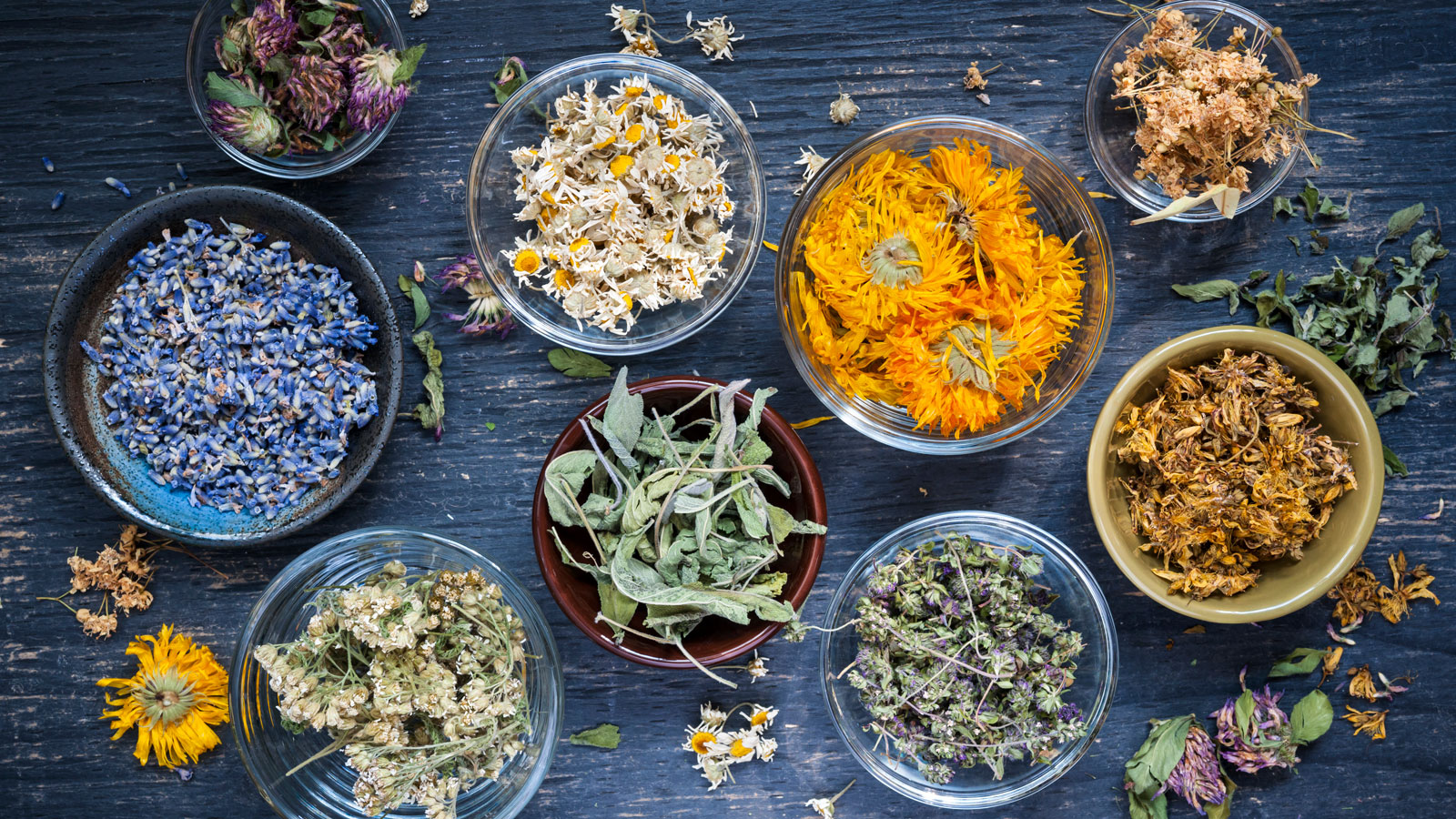
Drying herbs for tea is a simple way to sample some of summer’s bounty long after the garden succumbs to fall chills or gets blanketed in winter snow. So how do you dry herbs for tea? For most of us, fresh herbs from the garden have natural peaks of activity and longevity, which is why drying herbs for tea is essential for extending the usefulness of those key flavors and fragrances. Here, we consider the best ways to dry herbs for tea.
Best Time to Harvest Herbs
Before you dry your herbs, you need to harvest them. To get the best-tasting tea herbs, you need to know precisely when to harvest them. Herbs get their flavor from essential oils that are located in the cells of the plant. When the leaves, flowers or other aromatic parts of the plant are crushed, their flavor is released.
Essential oils are at their peak in the early morning. For maximum flavor, plan to harvest your herbs on a dry day, ideally in the morning after the dew has dried.
Best Ways to Dry Herbs for Tea
There are several ways to dry herbs for tea. When drying herbs for tea, tender herbs such as basil, lemon balm and mint should be dried by hanging bundles of the herb. Other more robust herbs can be dried in the microwave, oven or dehydrator, or air-dried like the tender herbs.
Before you decide how to dry herbs for tea, rinse them well with water. Hardy herbs can be held under a gentle stream or light spray of water while tender herbs can be placed in a bowl of water and gently swished around. Lay the herbs out to dry on paper towels or put them in a salad spinner to dry. Keep in mind a salad spinner will bruise leaves and release those essential oils, so only use it for hardy-leaved herbs.
How You Can Air-Dry Herbs For Tea
To air-dry the rinsed herbs, simply bundle the herbs you wish to dry together and secure the bundle with twine or something similar. Hardier herbs like parsley, summer savory, rosemary, thyme and sage are easier to dry than tender herbs.
You can hang your herb bundles outside to dry, but ideally dry them indoors to retain their color and flavor. Keep different kinds of herbs in their own bundle and label them if you think you might mix them up.
Gardening tips, videos, info and more delivered right to your inbox!
Sign up for the Gardening Know How newsletter today and receive a free copy of our e-book "How to Grow Delicious Tomatoes".
Tender herbs should be tied together in small bunches, then placed inside a paper bag that has been vented by cutting holes at the top and sides. Secure the bag at the top with a rubber band or twine. Hang the paper bag filled with the herb bundle in an area with good air circulation such as an attic, kitchen or other warm, dry place.
Another way to dry those tender herbs is to lay them on a layer of clean paper towels on a tray. Drying will take about five-10 days using this method.
Dry Herbs in Oven, Dehydrator or Microwave
Another way to dry herbs is in the oven. Set your oven to 180°F (820°C) or lower. Lay the herbs out on a baking sheet that has been lined with parchment paper. When mastering how to dry herbs for tea in the oven, one of the tricks is not to overcrowd or overlap them. Allow them to dry in the oven for two-four hours.
Oven drying isn’t the most recommended way to dry, since the hot air will essentially cook the herbs, losing optimal flavor. When drying herbs for tea, a better way might be to use a dehydrator. Remove the leaves or flowers from the stems and lay them out in a single layer on the dehydrator tray. You may need to line the tray with a leather sheet or mesh first. Dehydrate the herbs at 950°F (350°C). The length of time a dehydrator takes to dry herbs varies depending on the herb and size of the leaves but it runs from five-18 hours.
Another way to dry your herbs is by using the microwave. Place the herbs you wish to dry between two layers of paper towel. Make sure not to overlap or overcrowd the herbs. Microwave for a minute, testing dryness every 20 seconds. This method works best on woody herbs like oregano, sage and thyme plants; not so well on tender herbs.Every microwave is different, so check on the drying progress often.
Frequently Asked Questions
How Long Does it Take to Dry Herbs for Tea?
The length of time it takes to dry herbs for tea depends on the drying method you use and the type of herb. Drying herbs in the oven may take a couple of hours, in the dehydrator five-18 hours and air dried, five-10 days.
What Herbs Are Best to Dehydrate for Tea?
The best herbs for tea depend upon your taste buds. Try drying several herbs and sample them. You may find you like them better mixed with actual tea or with other flavorings like orange peel or the addition of stevia leaf or a combination of herbs. Mints, sage and chamomile are some favorites.
What Herbs Should Not Be Dried?
Delicate herbs such as chive, basil, parsley, tarragon, dill, mint, and lemon balm do not dry well. They have a high moisture content that facilitates mold if not dried quickly, yet they are too delicate to dry quickly. It is better to use these herbs fresh for optimal flavor.

Amy Grant has been gardening for 30 years and writing for 15. A professional chef and caterer, Amy's area of expertise is culinary gardening.
-
 Create A Romantic Garden Straight Out Of Bridgerton: Regency Era Romance In Your Garden
Create A Romantic Garden Straight Out Of Bridgerton: Regency Era Romance In Your GardenTry some romantic garden ideas straight out of Bridgerton. Flowers and gardens in the Regency era were lush and charming and you can get the same look!
By Bonnie L. Grant
-
 Moody Blooms For Spring: 8 Types Of Black Flowers To Add Drama To Spring Displays
Moody Blooms For Spring: 8 Types Of Black Flowers To Add Drama To Spring DisplaysFrom midnight burgundies to inky violets, several types of black flowers can enrich and embolden a spring display. Try these brooding bloomers for a moody garden
By Tonya Barnett
-
 How To Grow Strawberries From A Strawberry: All You Need To Cultivate Yummy Fruits
How To Grow Strawberries From A Strawberry: All You Need To Cultivate Yummy FruitsYou may know how to grow strawberries from small plants or runners – but what about growing from the fruit? Here we show you how to grow strawberries from a strawberry
By Mary Ellen Ellis
-
 Bugged About Strawberry Pests? 6 Common Pests, Plus How To Protect Your Precious Strawbs
Bugged About Strawberry Pests? 6 Common Pests, Plus How To Protect Your Precious StrawbsStrawberry plants looking a little under the weather and not sure why? Check to make sure they haven’t come a-cropper to one of these classic strawberry pests
By Tonya Barnett
-
 How To Grow Hydroponic Strawberries For Fast, Fresh Berry Fruits In A Clean And Fuss-Free Way
How To Grow Hydroponic Strawberries For Fast, Fresh Berry Fruits In A Clean And Fuss-Free WayCultivating strawberries outside of traditional pots and ground-based plots may sound like the stuff of science fiction but here’s why growing hydroponic strawberries can work for you
By Susan Albert
-
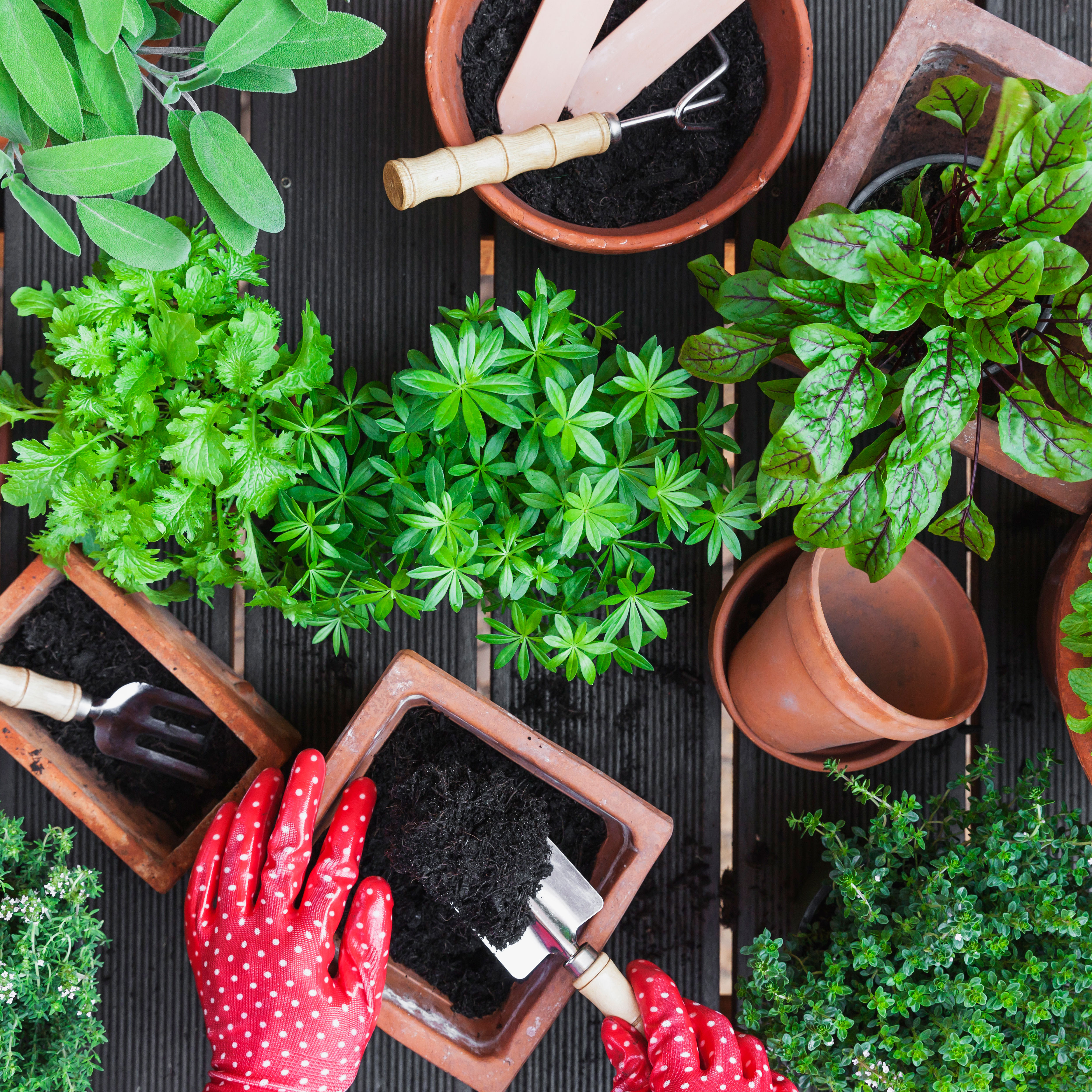 What Are The Easiest Herbs To Grow From Seed? 8 Beginner-Friendly Edibles Anyone Can Grow
What Are The Easiest Herbs To Grow From Seed? 8 Beginner-Friendly Edibles Anyone Can GrowA dedicated mixed herb bed or container arrangement is a mainstay of the edible garden, but which are the easiest herbs to grow from seed? We reveal the best for beginners
By Bonnie L. Grant
-
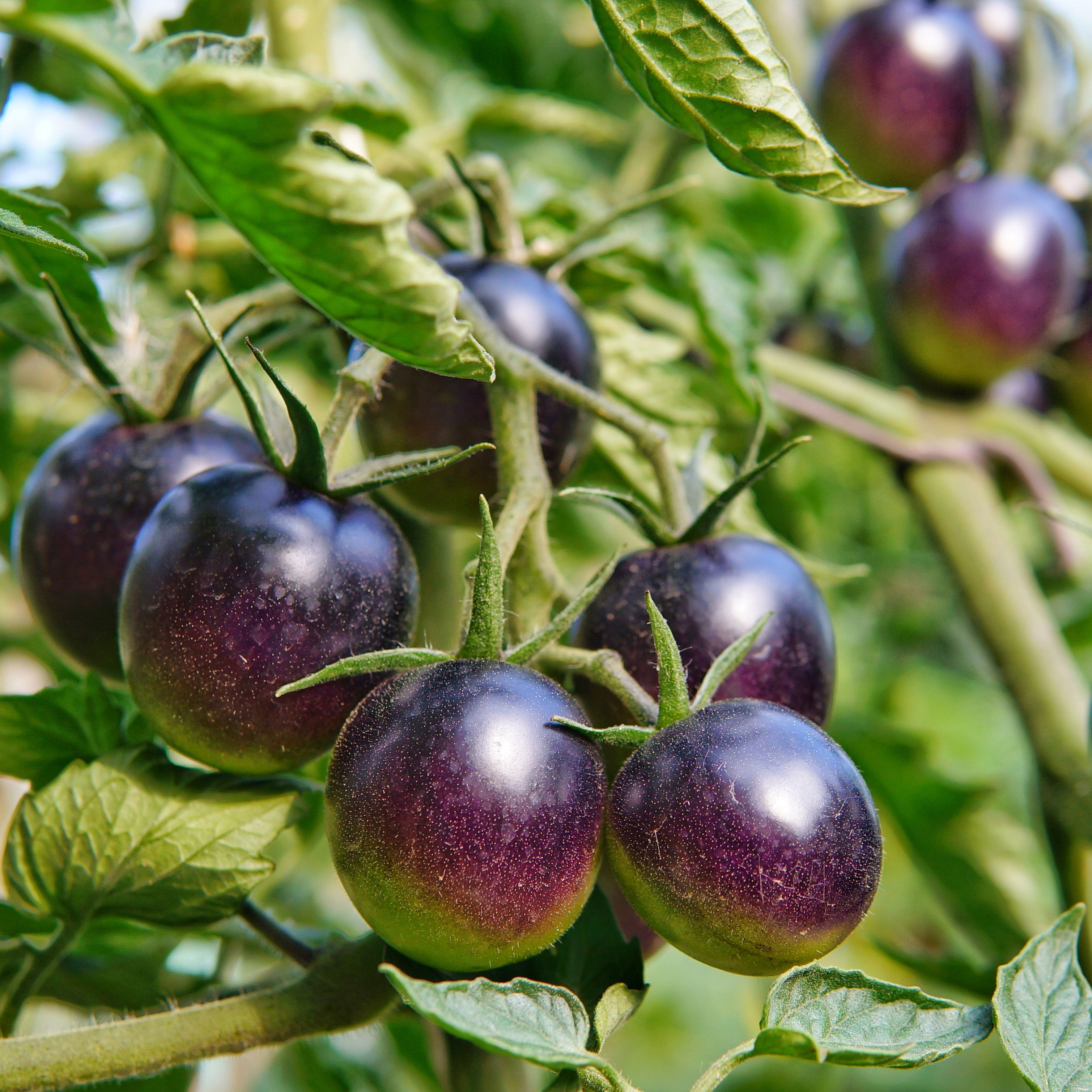 Tasty Purple Tomatoes To Grow: Try These 8 Cherry, Beefsteak and Heirloom Tom Varieties
Tasty Purple Tomatoes To Grow: Try These 8 Cherry, Beefsteak and Heirloom Tom VarietiesPurple tomatoes may have an unexpected appearance, but they are just as lipsmackingly yummy as their red counterparts. Here are the tastiest deep purples to try…
By Amy Grant
-
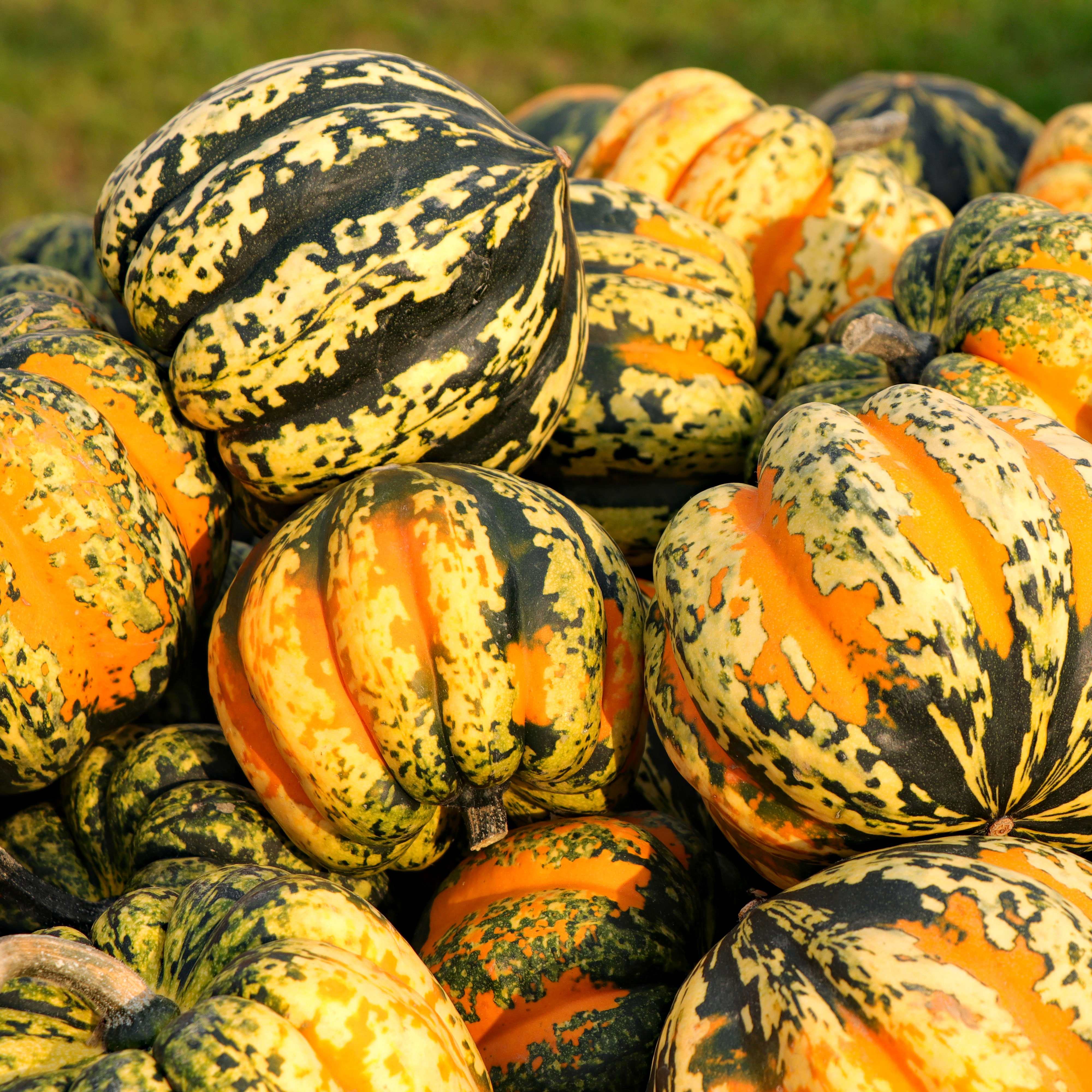 Move Over, Acorn Squash! Grow Carnival Squash Adored By Gardeners & Chefs
Move Over, Acorn Squash! Grow Carnival Squash Adored By Gardeners & ChefsIf you’re looking for a joyful winter squash with a buttery, maple-syrup taste, the carnival squash is an excellent and easy option for colorful cucurbit cultivation
By Bonnie L. Grant
-
 How To Harvest Chia Seeds: Tips For Harvesting This Heart-Healthy Superfood At Home
How To Harvest Chia Seeds: Tips For Harvesting This Heart-Healthy Superfood At HomeThey are an excellent part of a healthy diet and fun to harvest for your breakfast cereals, breads, salads and smoothies. Here’s how to harvest chia seeds
By Bonnie L. Grant
-
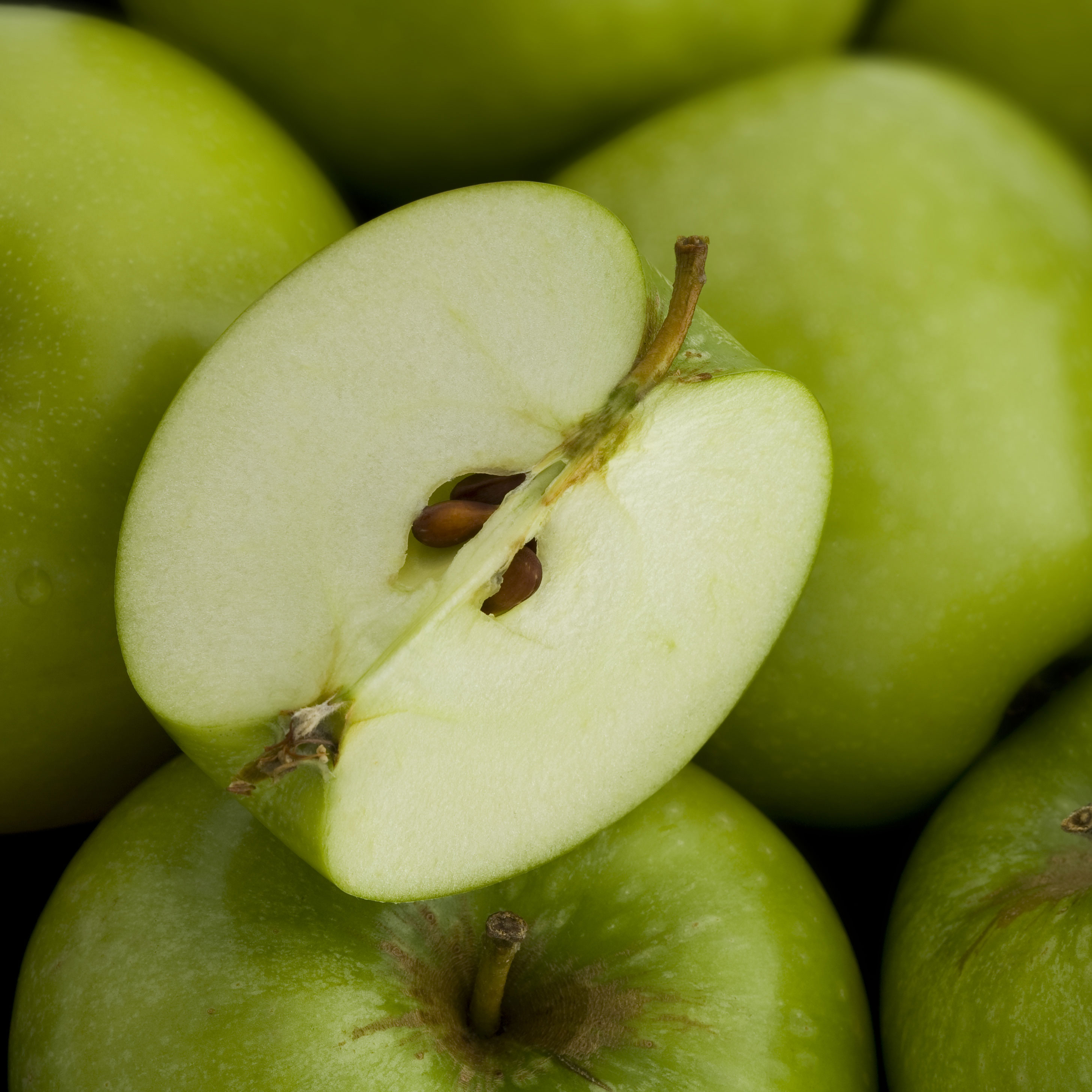 Can You Grow Apples From Pips? How To Plant Apple Seeds That Can Flourish
Can You Grow Apples From Pips? How To Plant Apple Seeds That Can FlourishKnowing how to plant apple seeds can be a fun project that has the potential to lead to exciting future fruits. Find out a free way to grow your own homegrown apple trees
By Mary Ellen Ellis